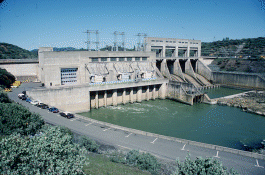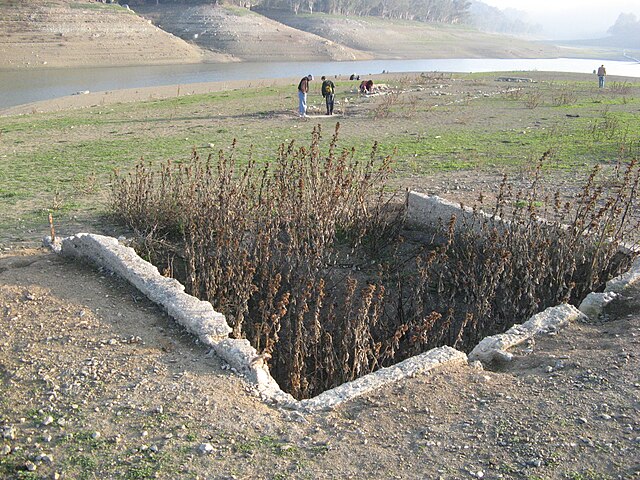We continue our exploration of the effect of the California drought for Earth Week. See our first, second, and third parts at the links.
As we've wound our way from the macro issues of California's drought, through the biggest uses, and tips to meet the mandated cuts in use, it's time to get to the nitty gritty...how does this impact our little garden out back?
My frequent readers should already know this is not my first trip to the drought rodeo. We've had several droughts since I remember my first severe drought around 1970. I've always sought to get as much as I can with as little water as possible.
If a plant can't hack it with the little water I supply, it won't be invited back to be a member of the Cheapskate's garden. This has been my policy for many years so what is growing here, my little family of over 100 plants, have proven their non-thirsty ways.
Roses do very well here. Suprisingly (to me anyway), the very tropical plumeria plant is a true water miser and grows spectacularly here with just a glassful a day. Grapes are well known drought tolerators, especially red varieties, and orchids...with their water storing psuedobulbs..only need a good watering once or twice a week.
As I've outlined in our Poor Man's Sprinkler System post, I've installed a drip irrigation (and microsprinkler) system for our non-lawn plants. With the help of a two-station timer, I've honed the watering schedule to just the bare minimum these plants need to thrive.
From 5 minutes every three days in the dead of winter for our shady zone to 15 minutes a day for the hot, sunny zone in the summer, trial and error has given us the data we need to keep our water usage low while keeping the flowers, vegetables, and fruit production as high as we can get.
It's also good to have a bellwhether plant. For us, it's our guava tree. When it starts to shrivel, I know I need to add water. While still a pretty drought tolerant plant that provides pounds of edible fruit, it's also the thirstiest tree we have. Being the first to show signs of stress, it's a great indicator as to whether the rest of the garden is getting enough water or not.
Another non-expected aspect of the drought is all the wild animals coming down from the mountains behind our house. Last year, they devistated our crop-producing plants, highly effecting our harvests.
This year, we're doing our best to discourage those unwanted diners by caging our plants, hanging them up, or netting the fruit. While those results are still pending, I'm confident this year will bring more of a harvest than the last.
The rain will come again but in the meantime, we've learned to live quite well with it and reducing our usage to the bare minimum while we do.
There's one big area left for us to take a close look at. Next time, we'll examine the lawn and what we can do about that big water sponge out front.
Darryl
Copyright 2015 - Darryl Musick
All Rights Reserved











,_also,_North_Korea,_use_wide_mustache_brooms_to_sweep_an_area_where_nine_caskets_will_be_delivered_on_the_DPRK_side_of_the_Demilitarized_Zone_(DMZ)_981106-F-AF179-003.jpg/640px-thumbnail.jpg)
.jpg)




(NRCS_Photo_Gallery).jpg/640px-NRCSOR00009_-_Oregon_(5717)(NRCS_Photo_Gallery).jpg)

















